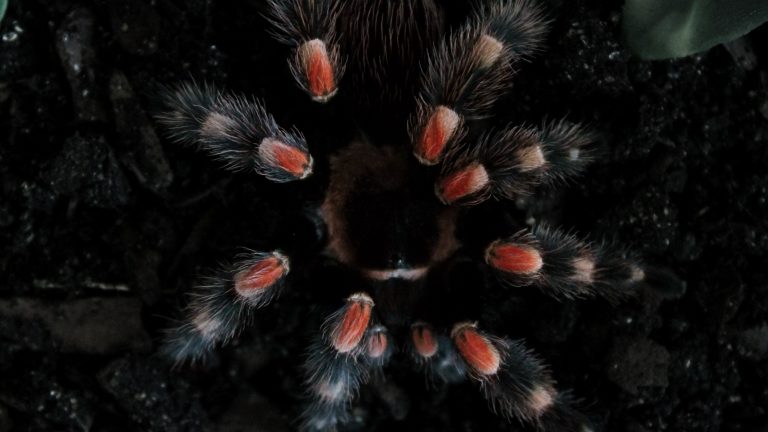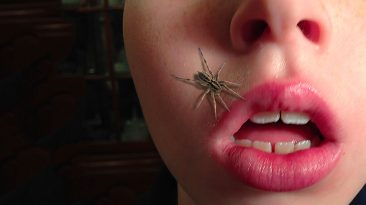What could a single spider bite do to your body? And what makes spider venom so deadly?
Sure, spiders don’t kill humans often, but that doesn’t make them any less scary. In the right situation, a spider could easily take down a bird, a cow, and yes, even you. The reason they don’t harm us often is that they’re primarily defensive creatures.
But since you’re invading their space, going into a pool full of venomous spiders, would they choose to attack you? Or would they scurry away?
Before you fall inside our pool, let’s figure out exactly how many spiders we can fit inside it. For this experiment, we’re going to be using the funnel-web spider. That’s because these spiders are social, meaning they can form colonies that are as large as 50,000 arachnids.
And to make this even more terrifying, let’s not choose just any funnel spider. Let’s up the stakes a bit by using the deadly funnel spider.
Now, to fill this pool up, we’re going to need a lot of these creatures. If you’re jumping into an average sized swimming pool, you’d need to pour 10 million spiders in to fill it up. OK, now we have our pool full of venomous spiders. Time to jump in.
Well, not so fast. If you want to have any chance of surviving something like this, jumping or falling in abruptly is an extremely poor choice. Instead, take your time going into the pool. If you have any form of arachnophobia this would be really difficult for you. But it beats the alternative, which would be instantly getting bitten by thousands of spiders.
If you took your time getting into the pool, you might actually stand a chance. That’s because spiders typically don’t attack unless they’re put into a defensive position. So if you took your time and cautiously approached the pool, you might be okay. That is, until you’d inevitably trip or get caught up in the thousands of spiderwebs they’d build inside the pool.
With this many spiders in such a small space, it would be impossible not to get bitten. And once you do, getting attacked by these spiders will feel unlike any other spider bite. That’s because the funnel-web spider has fangs so long and so powerful, that they can pierce through leather. So, hopefully you’re wearing some sort of protective
equipment. Because if you’re not, these spiders would tear through your skin.
Not only that, but instead of biting you, and fleeing away as most spiders would, these spiders would latch onto your body, and continue to bite you until they’d no longer see you as a threat.
And if the bite wasn’t painful enough for you, you’d now have the spiders’ venom to worry about. And unfortunately for you, these spiders have atracotoxin venom. Instead of the venom causing a blister, or a rash, their bite would affect your nervous system, and internal organs.
After just 15 minutes, you would start to experience muscle spasms, vomiting, sweating, and over time, a loss of consciousness. And with multiple bites from all these spiders, this process would only be sped up.
As these bites are happening, you’d be ripping the spiders off your body. You’d then need to try to put pressure on all of your wounds, to prevent the venom from spreading further. And after that, you’d need to get out of the pool immediately and seek medical help.
Hopefully, it wouldn’t be too late to administer an antivenom. But if you were to wait too long, you’d definitely be dead. It’s no secret that with the right type of spider, these things are incredibly deadly.
Another venomous creature that’s deadly? Snakes. What if you fell into a pool full of their venom?
Sources
- “Definition Of ENVENOMATION”. 2020. merriam-webster.com.
- “Funnel-Web Spiders: Families, Bites & Other Facts”. Contributor, Jessie. 2014. livescience.com.
- “Some things to know about the redback spider antivenom”. 2013. The Conversation.
- “Spider bites and venoms”. 2020. The Australian Museum.
- “Spiders”. nationalgeographic.com
- “Funnel Web Spider Toxicity”. Binstead, Justin, and Thomas Nappe. 2020. Statpearls Publishing.


















